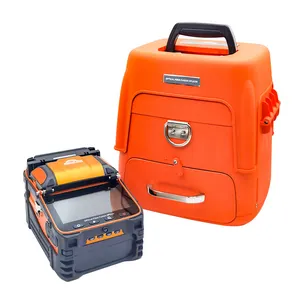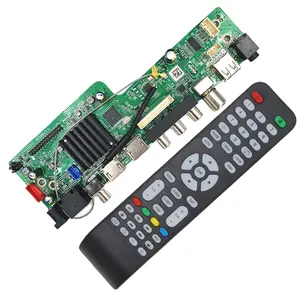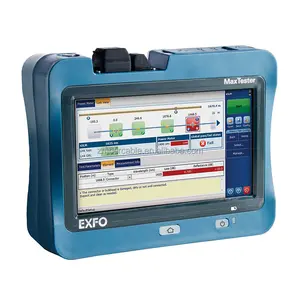Popular in your industry











































































































































































































Top categories
About bts antenna
Introduction to BTS Antenna Technology
The realm of wireless communication is perpetually evolving, and at the heart of this innovation lies the BTS antenna—a critical component for mobile communication networks. BTS, or Base Transceiver Station antennas, are pivotal in establishing and maintaining the connectivity that powers our mobile devices. This introduction delves into the various aspects of BTS antennas, from their fundamental operation to the diverse types available on the market.
Types and Applications of BTS Antennas
BTS antennas come in various forms, each tailored to specific applications and operational requirements. From omnidirectional antennas that broadcast signals in all directions to directional antennas that focus the signal in a particular direction, the choice of antenna significantly impacts the coverage and efficiency of a mobile network. These antennas are not just limited to cellular communication; they are also integral to other systems such as Wi-Fi networks, emergency services, and more.
Features and Materials of BTS Antennas
The construction and features of a BTS antenna are as varied as their applications. Materials such as aluminum, copper, and plastics are commonly used, chosen for their durability and conductive properties. Advanced features might include remote electrical tilt (RET) and integrated remote radio units (RRUs), which allow for dynamic network optimization and better service delivery.
Advantages of Modern BTS Antennas
Modern BTS antennas are designed to offer superior performance in a compact form factor. They are engineered to withstand environmental challenges while providing consistent signal transmission and reception. The advantages of these antennas are manifold, including improved network capacity, enhanced data transmission rates, and reduced interference, which collectively contribute to a more reliable mobile network.
Understanding BTS Antenna Specifications
When selecting a BTS antenna, it's crucial to understand its specifications, such as frequency range, gain, and beamwidth. These parameters determine the antenna's compatibility with the network and its effectiveness in specific environments. For instance, a high-gain antenna might be ideal for rural areas where signal strength is a concern, while a wide-beam antenna could be better suited for urban settings with high user density.
Choosing the Right BTS Antenna
Selecting the right BTS antenna is essential for any communication network. Factors such as the intended coverage area, the topography of the region, and the specific communication standards used (like LTE, GSM, or CDMA) must be considered. On Alibaba.com, a diverse array of BTS antennas is available from international suppliers, each with its unique set of features and specifications to meet the varied demands of the telecommunications industry.












































